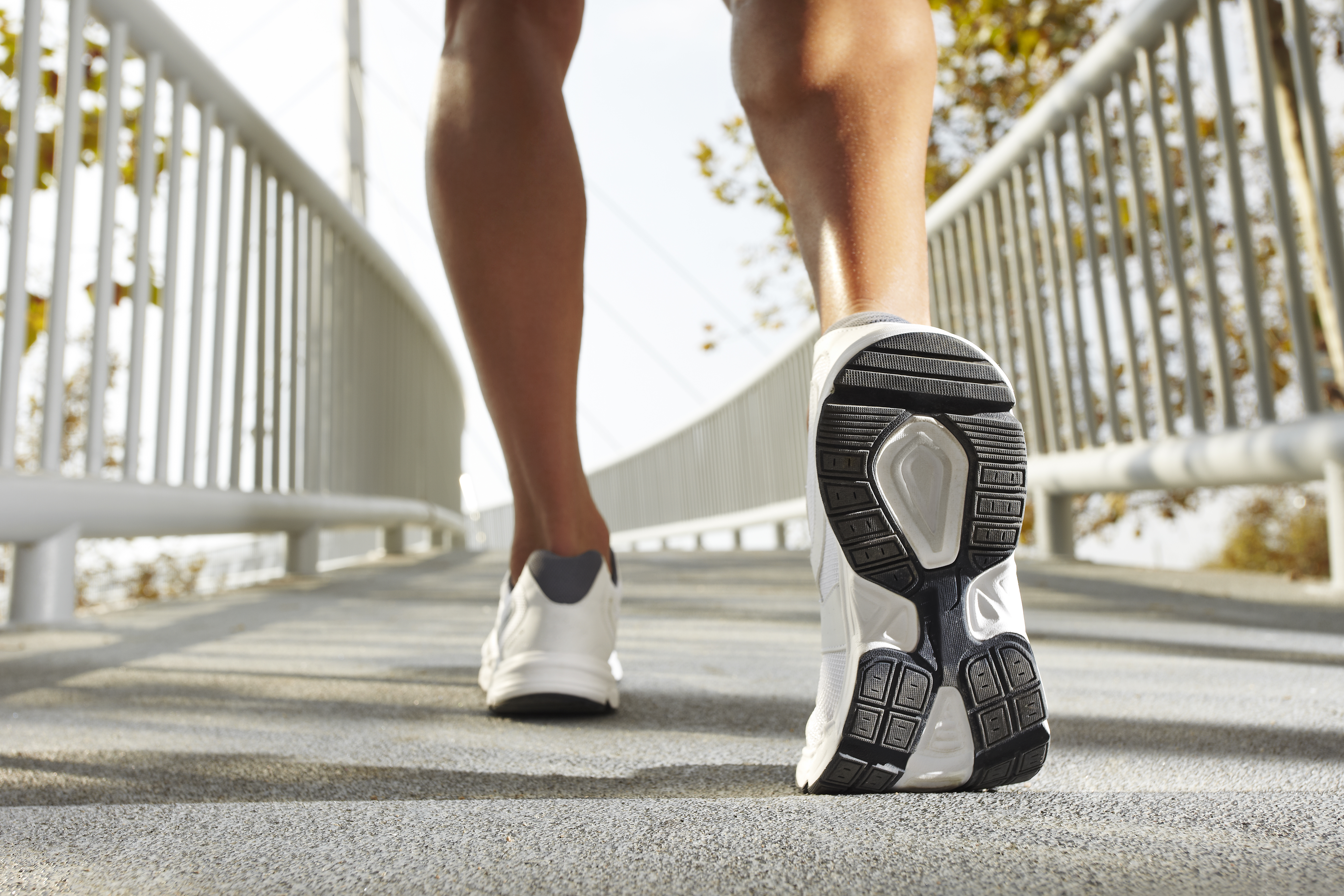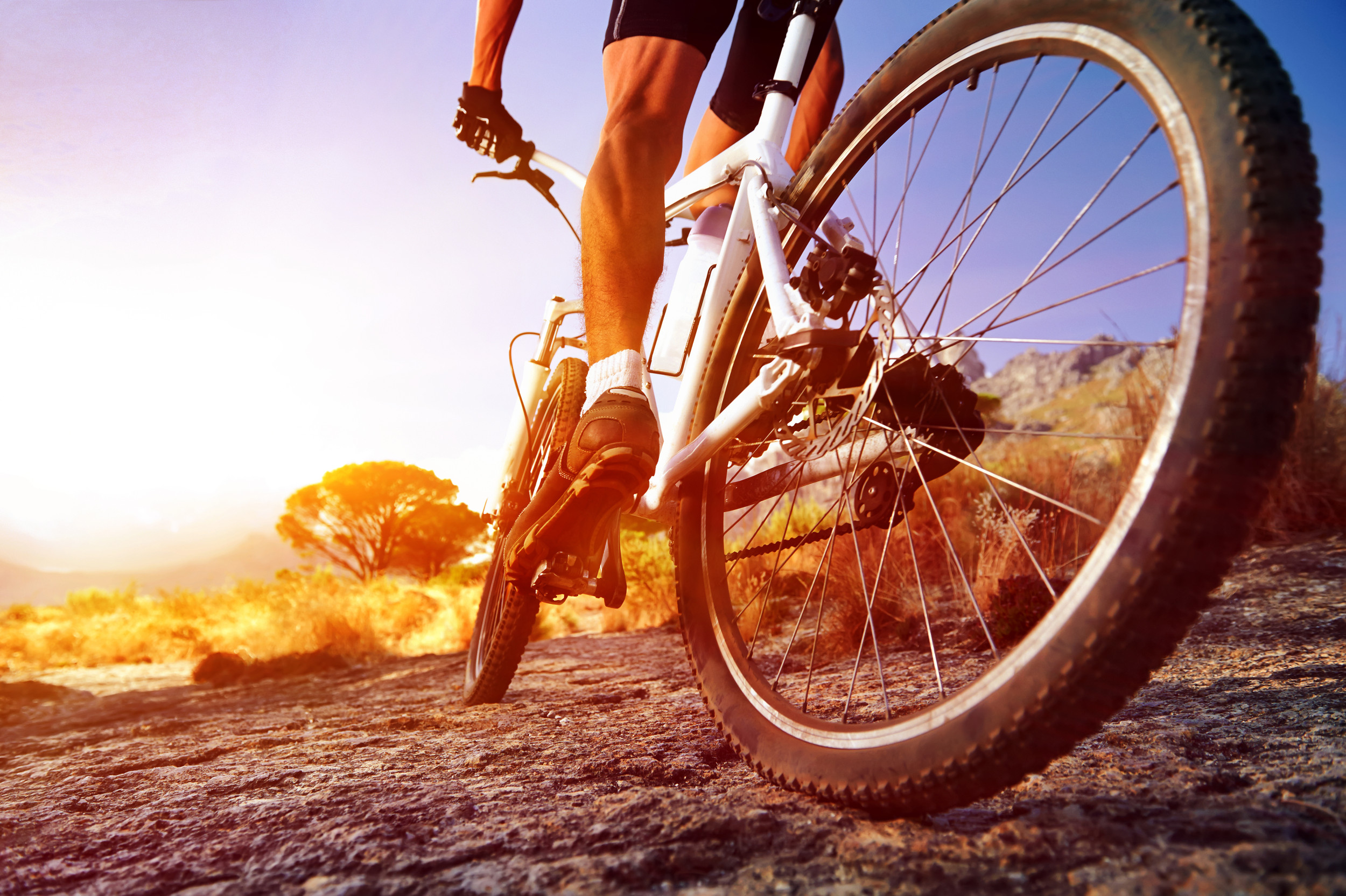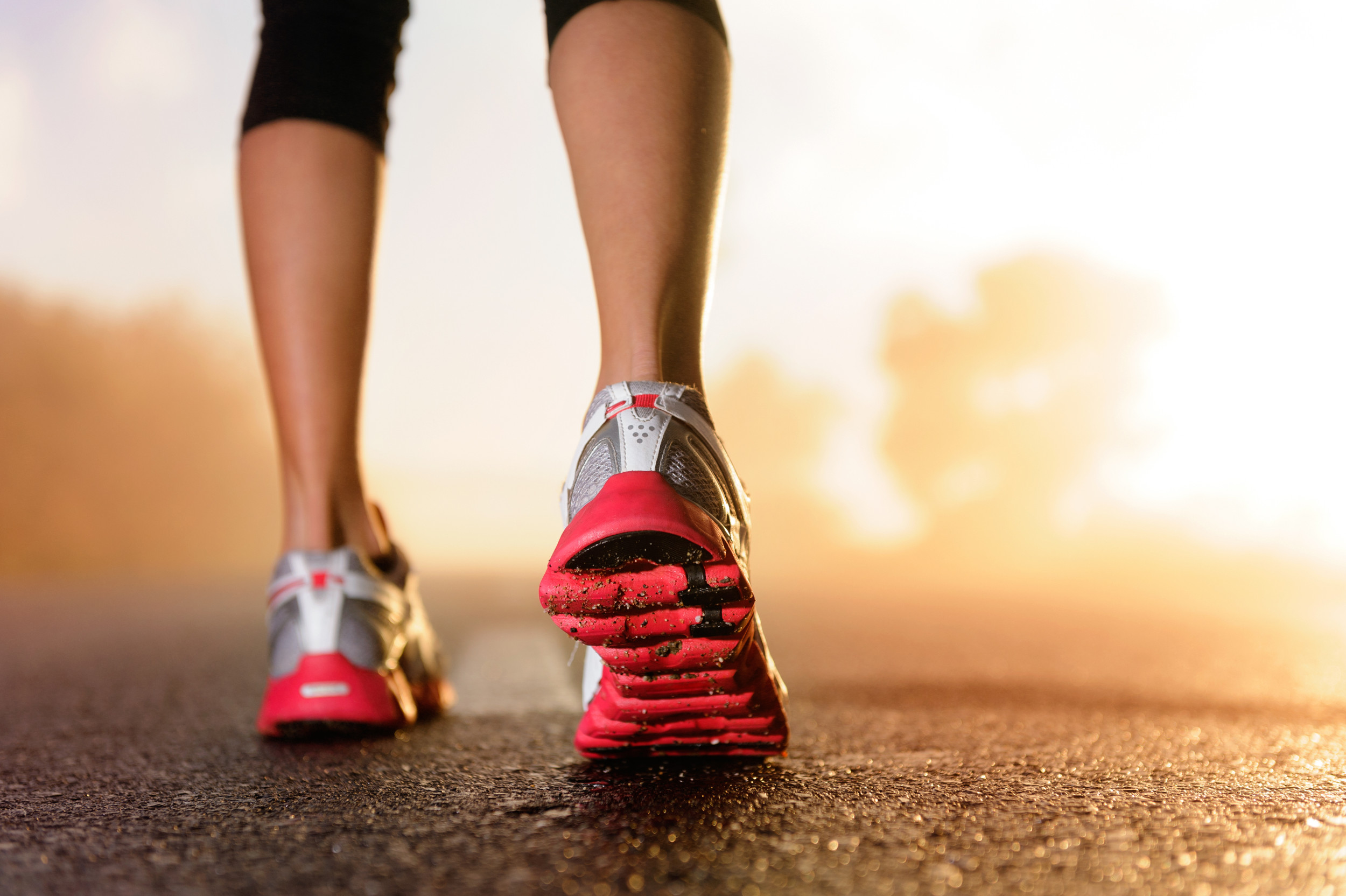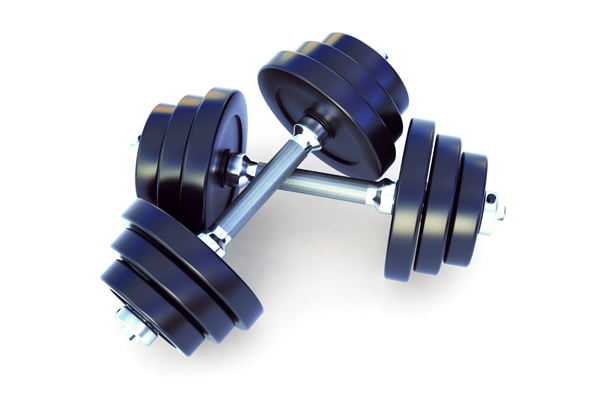how to select: shoes

When it comes to exercise, your shoes do more than you think. Everything starts at the lowest point of your body, your feet. When your feet are not supported, everything else above is affected.
Choosing the right shoe is critical to sustaining proper biomechanics and joint support.

For Gym Shoes:
Gym shoes are different than running shoes. Unless you are running on a treadmill most of your workout, it is important to choose a shoe that is stiffer and more supportive. This will aid in proper form and function under heavy loads.

For Running Shoes:
Make sure to buy shoes at a store that is dedicated to running. They will have a better selection and a more specific variety to what you really need. Running shoes are more of a feel factor when selecting the proper shoe type. Depending on the terrain you will be running, select a shoe according to stability needs. Keep in mind that softer shoes provide a more cushioned feel but have less support, while stiffer shoes add support but take away from absorption. Your foot arch is also a major factor in selecting the right shoe. Be sure to test out at least 5 different types because it is better to take a little more time getting the right shoe than being stuck with the wrong one.
Also, if you have a tendency to get shin splints or any other kind of joint/muscle pain while exercising, start with testing different shoes before looking to other options. More times than not, the pain you are experiencing could be the direct cause of improper shoe selection.
**Turn phone sideways to see more products.

For Cycling Shoes:
Cycling shoes are more about performance than comfort. The stiffer they are the more energy is transferred to the pedal of the bicycle. The lighter they are, generally the less effort is needed to rotate the crank. However, when buying a shoe for longer rides 50+ miles, be certain that the inner sole in conformed comfortably to your foot without any signs of pinching or pressure points. Over time they can become burdensome.
**Turn phone sideways to see more products.

For Daily Shoes:
Purchase shoes that do not sacrifice comfort for looks. Especially if you are on your feet a lot and walking long distances throughout the day. For standing, use a shoe with a softer and thicker sole for comfort. For walking, use a shoe that suits your preferred comfort level of thickness. Most of the time it is better to wear thinner shoes throughout the day in order to preserve proper movement of the foot and ankle joint. Thinner shoes for daily use will also strengthen your feet and help prevent injury when crossing back over to gym or running shoes.
**Turn phone sideways to see more products.
Support Secret:
Invest in getting custom sole inserts that are molded specifically to your unique foot shape and arch. They cost about $100, but for what they do the benefit is worth a lot more. Go to Road Runner for details.

 Fitness
Fitness Nutrition
Nutrition